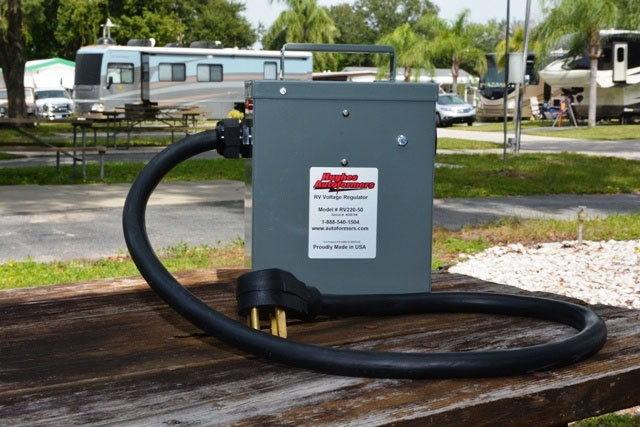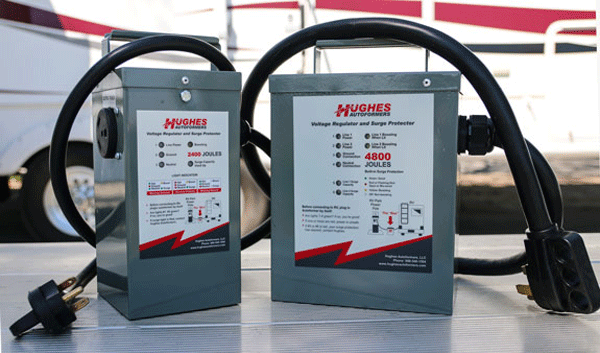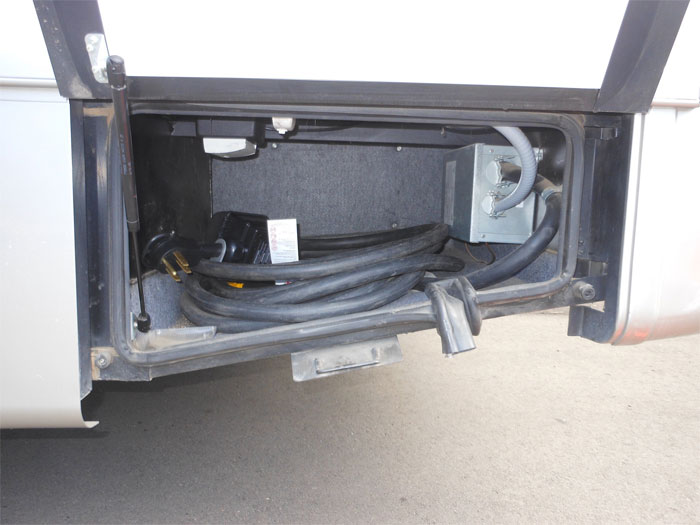How Does an Autoformer Work?
by Chris Lewis.
An autoformer (or ‘autotransformer’) is essentially an electrical transformer that uses only one electromagnetic coil (also known as a ‘winding’). While a regular transformer has a primary winding and a secondary winding, an autoformer has only one winding, which completes the functions of both windings by itself.
Autoformers alter line voltage so that it matches a specific load. They are known to provide more compact, more affordable, more efficient, and better overall voltage regulation due to there only being one single winding.
Now, in this article, we’ll learn how it works. Let’s begin.
Contents
About Autoformers

If a device is only set to work with a specific voltage from the source (say, 120V), an autoformer makes sure that the specificity does not hinder the device from working virtually anywhere in the world, with any source of any voltage.
Autoformers also eliminate the chances of appliances suffering damage from low voltages. These compact transformers also boost voltage to give you what you need.
Suppose you have 100 volts from the source (that can handle a maximum of 3000 watts), and you need to operate appliances that demand a total of, say, 3200 watts.
Using an autoformer, in this case, would increase the 100V source’s wattage capacity to up to 3600 watts.
And autoformers also ensure that appliances have a longer life with no failure due to wear or damage.
Inside an Autoformer

Now that we have a basic idea of what an autoformer is and of its functions let us take a look into the device’s inner workings.
Physical Components
As mentioned before, an autoformer consists of one winding that has at least three terminals. It basically combines the primary and secondary windings of a typical transformer to act as a single winding.
Instead of the two opposing coils (or windings) in a transformer, an autoformer uses one longer coil, which serves the purposes of both the primary and the secondary windings of a transformer.
The voltage is primarily supplied across two terminals, while the secondary voltage is received via 2 terminals (one of which is the same one from the primary supply of voltage).
How an Autoformer Works?

The current in an autoformer flows partly to the output (directly from the input) and is partly transferred through induction. This allows the use of a core that is lighter, more compact, and cheaper, and which uses only one winding.
So one end of an autoformer winding is connected both to the source of voltage and to the load, while another end is attached to the winding’s taps. There are multiple tabs, and each of them responds to different amounts of volts.
Similar to a transformer, an autoformer’s secondary voltage to the primary voltage ratio is the same as the ratio of the winding’s turns count that the voltages connect to.
However, autoformers do not ‘steal’ power from their source, nor do they affect the source’s voltage input or ability to produce electricity.
Autoformers essentially transform the relationship between voltage and amperage by getting the amperage to be lower and the voltage to be higher.
This means that appliances being used with an autoformer go through more cycles and also run at cooler temperatures.
Overall less power is used from the source. Autoformers also adjust their output according to the demand, which reduces the chances of malfunction.
Real-World Applications of Autoformers
Autoformers are especially useful for making a device produced in one country operate properly with the line voltage in another country.
On an industrial scale, autoformers are used to make equipment operations cheaper by stabilizing voltage.
Conclusion
All in all, autoformers ‘transform’ voltage and amperage so that the specific demands of an appliance is met by a source that could otherwise not work properly with that appliance.
Autoformers are definitely more compact, less costly, and less complicated than regular transformers, and this makes them wildly popular as a transformer.
However, you should conduct further research to find out if an autoformer would actually work well with the source and appliance you intend to use it with, or whether you should just stick to a regular old transformer.
Browse for tips on the internet (autoformer brand websites or electrical forums are good places to start) or consult a local electrician to know how to properly use an autoformer in your home or workplace, if you should use one at all.
 |
 |
 |
 |

About Chris Lewis.
Chris Lewis is a passionate individual with a deep affinity for the world of automobiles. From a tender age, his fascination with cars was nurtured by his father, a seasoned mechanic based in the vibrant city of San Francisco. Growing up under the watchful guidance of his skilled father, Chris developed an early aptitude for all things automotive.
Thoughts on "How Does an Autoformer Work?"
 |
 |
 |
 |
Get FREE Filters now. Or latest free tools from our best collections.
Disable Ad block to get all the secrets. Once done, hit any button below
 |
 |
 |
 |